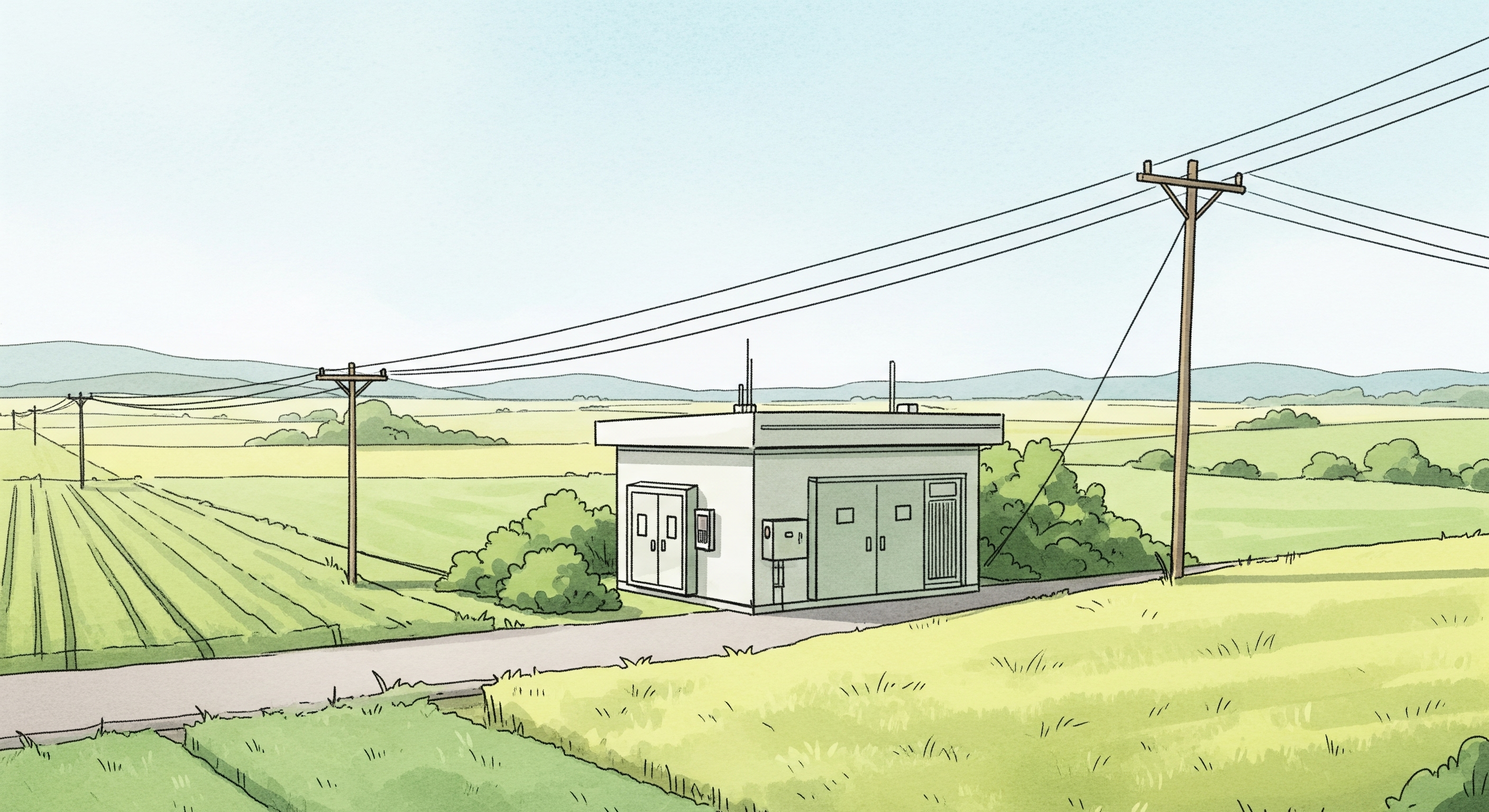Executive Summary (tl;dr)
- Rolling a truck costs, on average, $5k/per roll
- The future will be with drone automation, which could reduce this cost by up to 90%
- Automation software is key! Find software to help you be proactive vs reactive. If you don't have software for this (reach out to us…we may know someone 😉)
Since its inception, Utility companies have relied on rolling trucks (or horse-drawn carriages) to maintain and inspect all assets in their network. This practice helps identify which downed power lines need to be fixed, inspect assets, or perform routine maintenance. These trucks have been the key first step in addressing any outage or possible issue retroactively (and proactively in a handful of cases) by skilled operators with a keen eye for detail.
This approach comes with high costs: $5k on average for each truck that is rolled and includes fuel expenses, labour, and the time-consuming nature inspections by these skilled operators while they are on-site (typically after hours and thus incurring overtime expenses as well). As the demand for more efficient and cost-effective solutions grows, the utility sector is focusing on innovative technologies, particularly drones, to revolutionize these operations.
Putting this into practice
At Senpilot, we see a future where drones can help to do this job more accurately, which costs less and enables the ability to aggregate drone data for forward-looking risk mitigation tactics. Drones are emerging as a game-changer in utility maintenance and inspection. With high-resolution cameras, thermal imaging sensors, and advanced GPS systems, drones can quickly and safely access hard-to-reach areas that would be challenging to roll a truck to. They can fly over power lines, wind turbines, and solar panels, capturing detailed images and data in real time. This capability enhances the speed and efficiency of inspections and significantly reduces the risk to human operators.
The use of drones offers numerous advantages over traditional rolling trucks. Firstly, drones can cover large areas in a fraction of the time it takes for a ground crew to do the same. They can also be dispatched to these areas regardless of the time of day and will cost the same, if not less, during early morning / late night hours. This rapid deployment means that issues can be identified and addressed much faster, minimizing downtime and improving service reliability for customers.
As drone technology advances, with improvements in battery life, payload capacity, and autonomous flight capabilities, their role in the Utility sector will only expand. The millions of data points they collect can be fed back into models to help with predictive asset maintenance.
However, to fully realize drone potential, we are working through various layers of regulatory approvals to help add these additional data points to our robust systems to handle the influx of information generated by aerial inspections. By embracing this cutting-edge technology, Utility companies can transform their maintenance strategies, enhancing safety, efficiency, and service quality for the future.




.svg)








.svg)